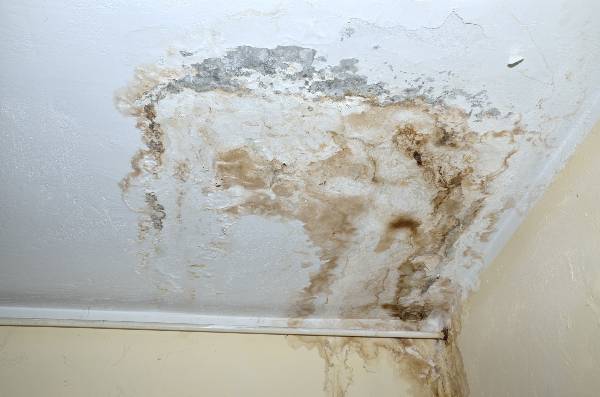Guide To Water Leak Detection In The House
Guide To Water Leak Detection In The House
Blog Article
What're your ideas regarding Leaking water lines?

The minute you locate a leak, calling your plumber for repair services is the best service. Some little water leaks may not be noticeable. If you can not spot it with your nude eyes, below are some hacks that aid.
Early detection of leaking water lines can reduce a possible calamity. Apart from saving you money, it will minimize the worry and disappointment.
Examine Water Intake
Assess your water bills and track your water usage. As the one paying it, you ought to discover if there are any type of disparities. If you detect sudden changes, regardless of your intake coinciding, it suggests that you have leakages in your plumbing system. Bear in mind, your water bill should drop under the very same array every month. An abrupt spike in your costs shows a fast-moving leakage.
At the same time, a constant boost each month, despite the same habits, reveals you have a slow-moving leakage that's likewise slowly rising. Call a plumber to thoroughly examine your property, specifically if you feel a warm location on your floor with piping below.
Check as well as Analyze the Scenario
Home owners must make it a practice to examine under the sink counters as well as also inside cupboards for any bad odor or mold and mildew growth. These 2 red flags suggest a leakage so prompt attention is required. Doing regular inspections, also bi-annually, can save you from a significant trouble.
Check Out the Water Meter
Every house has a water meter. Checking it is a guaranteed manner in which helps you discover leaks. For starters, turn off all the water sources. Ensure nobody will certainly flush, make use of the faucet, shower, run the washing maker or dishwasher. From there, go to the meter and also watch if it will alter. Since nobody is utilizing it, there should be no motions. If it relocates, that indicates a fast-moving leakage. Also, if you identify no changes, wait an hour or more and also examine back again. This implies you might have a slow-moving leak that could also be below ground.
Asses Exterior Lines
Don't forget to examine your exterior water lines as well. Must water seep out of the connection, you have a loosened rubber gasket. One small leak can squander loads of water and increase your water costs.
Do a Food Coloring Test
When it comes to water usage, 30% comes from toilets. If the shade somehow infiltrates your dish throughout that time without flushing, there's a leak in between the storage tank and dish.
Check for discolorations as well as weakening as many devices and pipes have a life expectations. If you suspect leaking water lines in your plumbing system, don't wait for it to intensify.
The minute you find a leak, calling your plumber for repair services is the ideal remedy. Some tiny water leaks may not be visible. Examining it is a proven means that helps you discover leaks. One small leak can lose bunches of water and spike your water bill.
If you suspect dripping water lines in your plumbing system, do not wait for it to rise.
WARNING SIGNS OF WATER LEAKAGE BEHIND THE WALL
PERSISTENT MUSTY ODORS
As water slowly drips from a leaky pipe inside the wall, flooring and sheetrock stay damp and develop an odor similar to wet cardboard. It generates a musty smell that can help you find hidden leaks.
MOLD IN UNUSUAL AREAS
Mold usually grows in wet areas like kitchens, baths and laundry rooms. If you spot the stuff on walls or baseboards in other rooms of the house, it’s a good indicator of undetected water leaks.
STAINS THAT GROW
When mold thrives around a leaky pipe, it sometimes takes hold on the inside surface of the affected wall. A growing stain on otherwise clean sheetrock is often your sign of a hidden plumbing problem.
PEELING OR BUBBLING WALLPAPER / PAINT
This clue is easy to miss in rooms that don’t get much use. When you see wallpaper separating along seams or paint bubbling or flaking off the wall, blame sheetrock that stays wet because of an undetected leak.
BUCKLED CEILINGS AND STAINED FLOORS
If ceilings or floors in bathrooms, kitchens or laundry areas develop structural problems, don’t rule out constant damp inside the walls. Wet sheetrock can affect adjacent framing, flooring and ceilings.
https://www.servicemasterbyzaba.com/blog/how-to-detect-water-leakage-in-walls/

As a serious reader about Top leak detection hacks, I think sharing that post was a good idea. Are you aware of someone else who is enthusiastic about the subject? Why not promote it. Bless you for your time. Visit us again soon.
Report this page